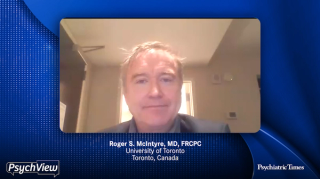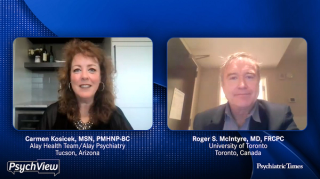
Major Depressive Disorder
Latest News
Latest Videos

CME Content
More News
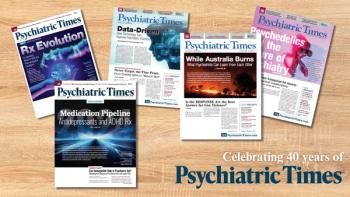
Celebrate Psychiatric Times’ 40th anniversary with a look back at some of our previous covers.

After a lot of recent positive news for SPN-820, a recent phase 2b study shows the novel antidepressant failed to demonstrate a statistically significant improvement on the primary endpoint of change from baseline.
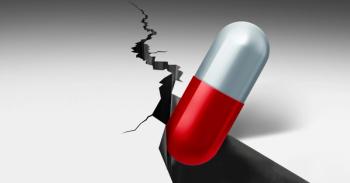
What are the top 6 disappointing psychopharmacological updates from the past year? We rank the top 6.
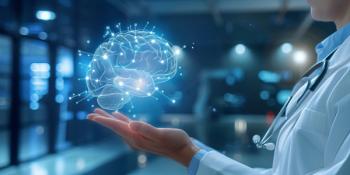
Catch up on coverage from the 30th Annual Nevada Psychiatric Association National Psychopharmacology Update.

A pooled analysis of two clinical trials highlights AXS-05’s rapid and sustained effectiveness in reducing depressive symptoms, offering a promising new treatment option for major depressive disorder with a manageable safety profile.

A new phase 2 trial reveals a novel antidepressant delivers rapid symptom relief for major depressive disorder, with patients experiencing significant improvement within just hours of their first dose.
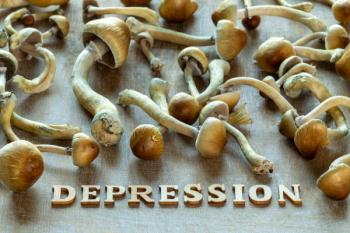
New phase 3 data on CYB003 is coming. Learn more about the phase 3 pivotal program here.
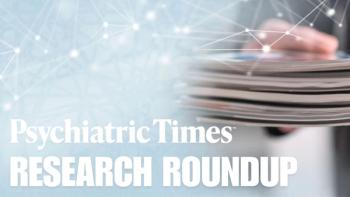
Learn more about the latest research on the impact the endocrine system has on major depressive disorder.
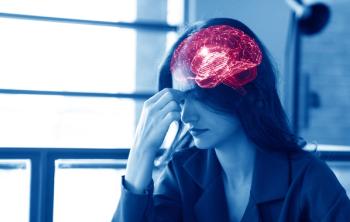
Check out these updates on research including major depressive disorder (MDD).
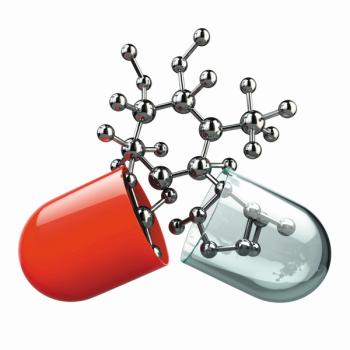
A recent phase 2b trial of GH001 showed promising results for treatment-resistant depression, demonstrating rapid and sustained effects with a favorable safety profile.
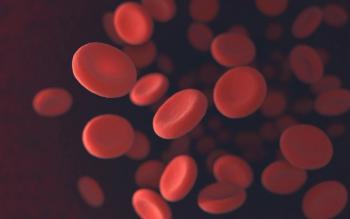
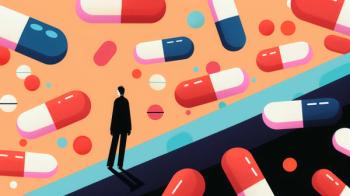
Check out the pipeline updates from January!

Here are highlights from this week in Psychiatric Times, including FDA news and a look back at Psychiatric Times through the years.

Meditation using immersive virtual reality devices can help alleviate symptoms of major depressive disorder and generalized anxiety disorder.
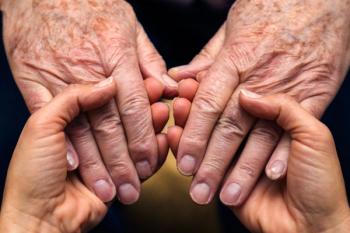
How should clinicians approach loneliness in elderly patients, and how can technology assist in treatment?
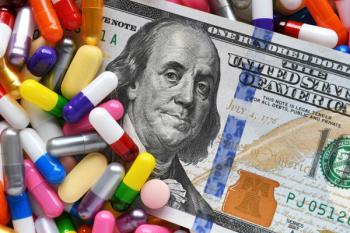
How does affluence impact mental health outcomes?
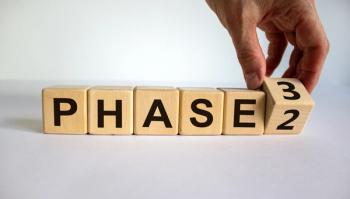
Neurocrine is initiating a phase 3 study of osavampator for the treatment of adults with major depressive disorder.
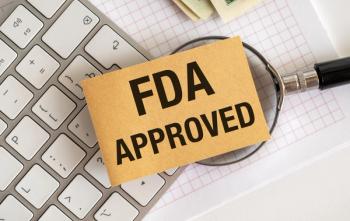
The FDA has approved the supplemental New Drug Application for Spravato, the first and only monotherapy for adults with treatment-resistant depression.

Want to stay in the loop on the latest novel neuroplastogen for major depressive disorder, DLX-001? Check out this update.
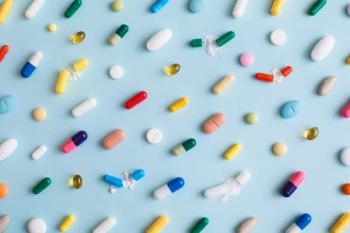
While current antidepressants are associated with improved lives for patients, significant challenges arise. Do we need a new class of antidepressants to address these issues?

Choosing between these 2 interventions for patients with treatment-resistant depression may rest more on differences in access than in baseline characteristics.
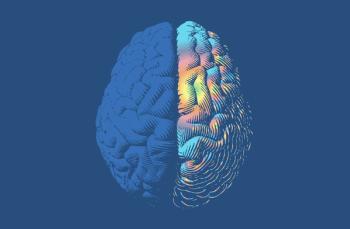
Is there a way to separate the neuroplasticity and therapeutic effects from the hallucinatory and dissociative effects of traditional psychedelics?

A new study suggests some people have genetic predispositions for psychiatric conditions that may influence their risk of divorce.

DLX-001 is a novel neuroplastogen under development for the treatment of major depressive disorder. Learn more about the latest phase 1 data here.

Learn more about the latest research on different approaches to treatments for major depressive disorder (MDD).






